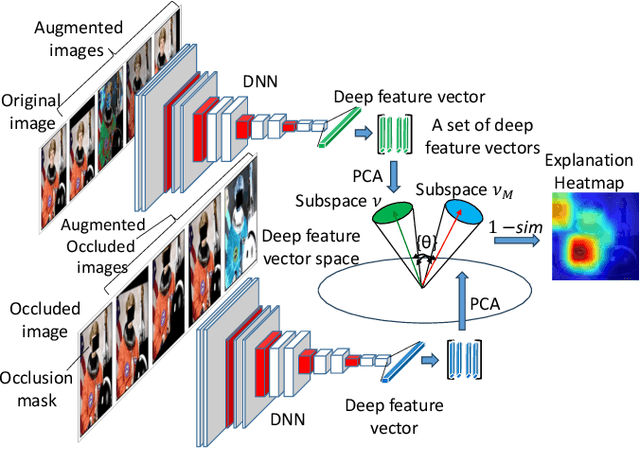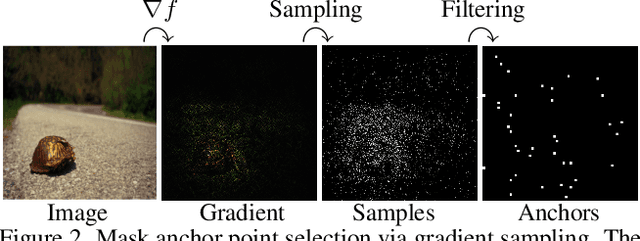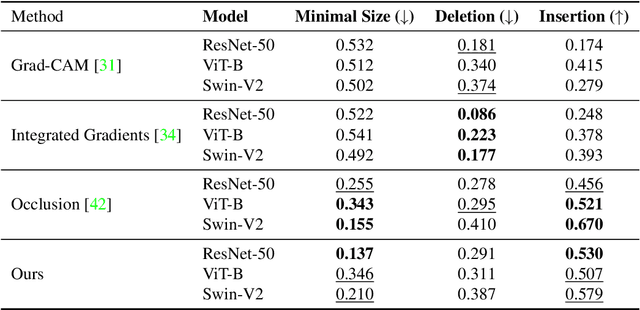Occlusion Sensitivity Analysis with Augmentation Subspace Perturbation in Deep Feature Space
Paper and Code
Nov 25, 2023



Deep Learning of neural networks has gained prominence in multiple life-critical applications like medical diagnoses and autonomous vehicle accident investigations. However, concerns about model transparency and biases persist. Explainable methods are viewed as the solution to address these challenges. In this study, we introduce the Occlusion Sensitivity Analysis with Deep Feature Augmentation Subspace (OSA-DAS), a novel perturbation-based interpretability approach for computer vision. While traditional perturbation methods make only use of occlusions to explain the model predictions, OSA-DAS extends standard occlusion sensitivity analysis by enabling the integration with diverse image augmentations. Distinctly, our method utilizes the output vector of a DNN to build low-dimensional subspaces within the deep feature vector space, offering a more precise explanation of the model prediction. The structural similarity between these subspaces encompasses the influence of diverse augmentations and occlusions. We test extensively on the ImageNet-1k, and our class- and model-agnostic approach outperforms commonly used interpreters, setting it apart in the realm of explainable AI.
 Add to Chrome
Add to Chrome Add to Firefox
Add to Firefox Add to Edge
Add to Edge